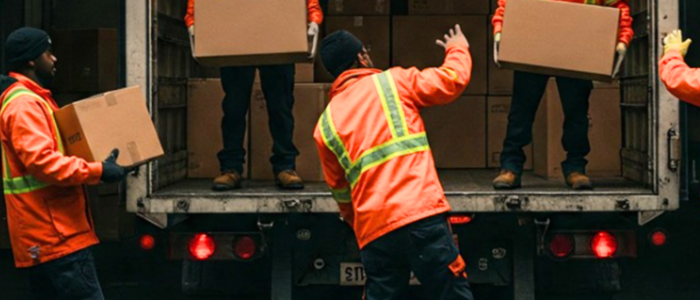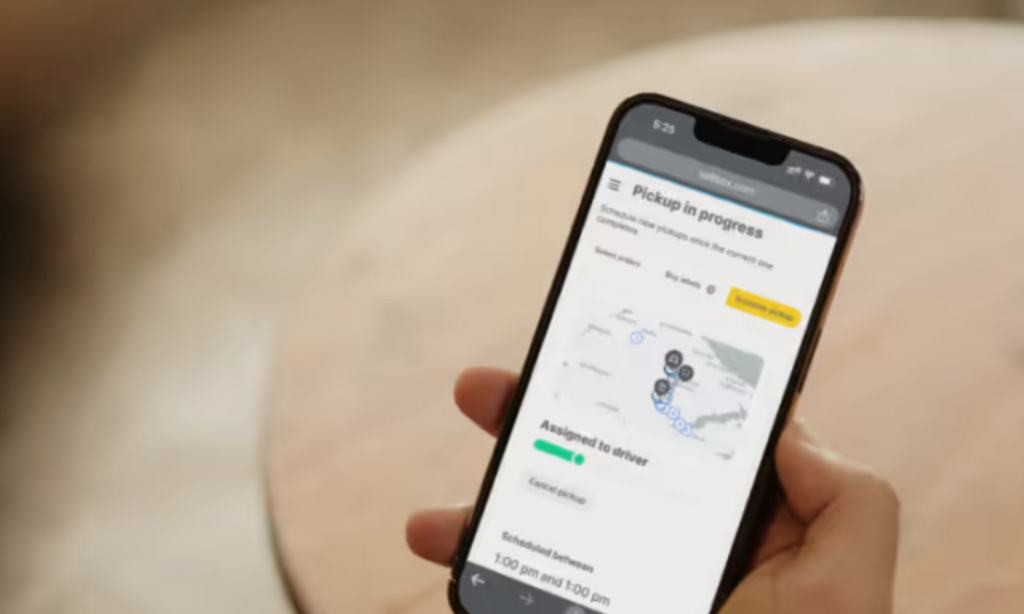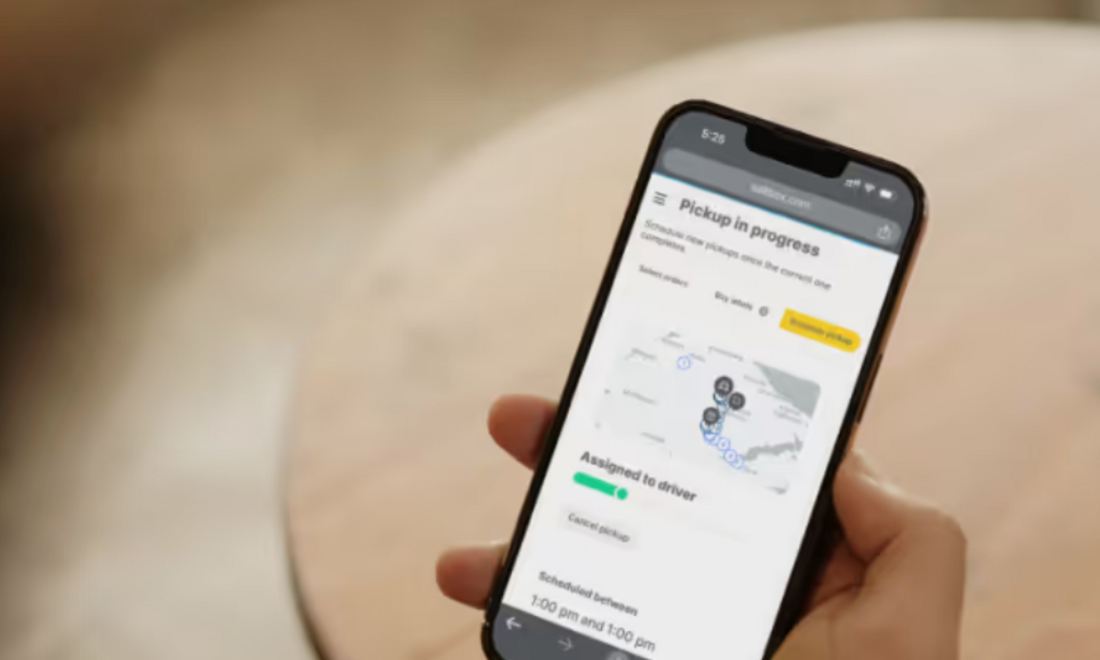How to Calculate the True Cost of Order Fulfillment for Your E-commerce Business
Understanding the true cost of order fulfillment is crucial for making informed business decisions and maintaining healthy profit margins. Many e-commerce businesses struggle with this calculation because fulfillment costs involve both obvious expenses and hidden costs that are easy to overlook. Whether you're currently handling fulfillment in-house or considering outsourcing to a third-party provider, this guide will help you calculate the real cost of getting your products to customers.
The Hidden Costs of In-House Fulfillment Before diving into calculations, it's important to understand that in-house fulfillment involves more costs than most business owners initially realize. Direct Costs: Product storage space (rent, utilities, insurance) Packaging materials and supplies Shipping costs and carrier fees Staff wages and benefits Equipment and technology Hidden Costs: Opportunity cost of your time Inventory carrying costs Returns processing Quality control and error correction Seasonal labor fluctuations Technology upgrades and maintenance Breaking Down In-House Fulfillment Costs Storage Costs Calculate your monthly storage cost per square foot and multiply by the space dedicated to inventory. Don't forget to include: Warehouse or storage facility rent Utilities (electricity, heating/cooling, internet) Insurance coverage for inventory Security systems and monitoring Maintenance and cleaning Example: 1,000 sq ft warehouse space at $8/sq ft = $8,000/month Labor Costs Include all costs associated with fulfillment staff: Hourly wages for picking, packing, and shipping Benefits and payroll taxes Training time and costs Overtime during peak periods Management and supervision time Example: One full-time employee at $15/hour + 30% benefits = $2,340/month Packaging and Shipping Materials Boxes, envelopes, and mailers Protective materials (bubble wrap, packing paper) Tape, labels, and printing supplies Branded packaging materials Shipping labels and documentation Example: Average $2.50 per package in materials Technology and Equipment Warehouse management software Barcode scanners and printers Computers and tablets Shelving and organization systems Scales and measuring tools Example: $500/month for software and equipment depreciation Shipping Costs Carrier fees (UPS, FedEx, USPS) Fuel surcharges Residential delivery fees Insurance and tracking Returns shipping Example: Average $8.50 per package shipped Calculating Your Cost Per Order To determine your true cost per order, use this formula: Monthly Fixed Costs + Monthly Variable Costs ÷ Monthly Order Volume = Cost Per Order Fixed Costs Example: Storage: $8,000 Labor: $2,340 Technology: $500 Total Fixed: $10,840/month Variable Costs Example (per order): Packaging materials: $2.50 Shipping: $8.50 Processing time: $3.00 Total Variable: $14.00/order If you process 1,000 orders per month: ($10,840 + $14,000) ÷ 1,000 = $24.84 per order Third-Party Fulfillment Cost Structure Third-party fulfillment providers typically charge based on: Setup and Integration Fees: One-time setup: $0-$500 Platform integration: $0-$200 Account management: $0-$100/month Storage Fees: Per cubic foot: $0.50-$2.00/month Per pallet: $15-$40/month Bin storage: $0.50-$1.50/month Pick and Pack Fees: First item: $2.00-$5.00 Additional items: $0.50-$1.50 Special handling: $1.00-$3.00 Shipping Costs: Negotiated carrier rates (typically 10-30% discount) Fuel surcharges Delivery confirmations Additional Services: Returns processing: $2.00-$5.00 Kitting and assembly: $1.00-$3.00 Custom packaging: $0.50-$2.00 Comparative Cost Analysis Let's compare the costs for a business shipping 1,000 orders per month: In-House Fulfillment: Fixed costs: $10,840 Variable costs: $14,000 Total: $24,840 ($24.84 per order) Third-Party Fulfillment: Storage (500 cubic feet): $500 Pick and pack: $3,000 Shipping: $7,500 Total: $11,000 ($11.00 per order) This example shows potential savings of $13,840 per month or $13.84 per order Factors That Affect Your Calculation Order Size and Weight: Larger orders may have better economies of scale Heavy items increase shipping costs significantly Fragile items require special handling Seasonality: Peak seasons may require temporary labor Storage needs may fluctuate throughout the year Shipping costs may increase during busy periods Product Characteristics: Perishable items require special storage Hazardous materials need special handling High-value items require additional security Geographic Distribution: Shipping zones affect costs International shipping adds complexity Multiple distribution centers may be needed Creating Your Own Cost Calculator To build a personalized fulfillment cost calculator: List All Current Expenses: Include every cost associated with fulfillment Categorize Fixed vs. Variable: Separate costs that don't change with volume Calculate Monthly Totals: Add up all monthly expenses Divide by Order Volume: Determine cost per order Factor in Growth: Consider how costs change as volume increases Hidden Benefits to Consider When comparing costs, don't forget to factor in: Time Savings: Hours spent on fulfillment activities Opportunity cost of not focusing on growth Reduced stress and improved work-life balance Scalability: Ability to handle peak seasons No need to hire and train temporary staff Flexibility to expand into new markets Technology Access: Advanced warehouse management systems Real-time inventory tracking Detailed analytics and reporting Making the Decision The cost comparison is just one factor in the fulfillment decision. Consider: Break-Even Analysis: At what order volume does outsourcing become cost-effective? Cash Flow Impact: How will changing from fixed to variable costs affect your cash flow? Growth Trajectory: Will your current fulfillment setup support your growth plans? Risk Assessment: What are the risks of staying in-house vs. outsourcing? Conclusion Calculating the true cost of fulfillment requires looking beyond obvious expenses to include all the hidden costs of time, opportunity, and infrastructure. While in-house fulfillment might seem less expensive initially, the total cost often exceeds third-party services when all factors are considered.
Terry S. Hatfield
This has presented subsurface conditions and approach to stabilization measures for 20 m to 35 m deep construction excavations in Riyadh karstic environment which included surficial soils over a sequence of Limestone breccia and bedded Limestone, empty cavities, infilled cavities and karstic systems.







